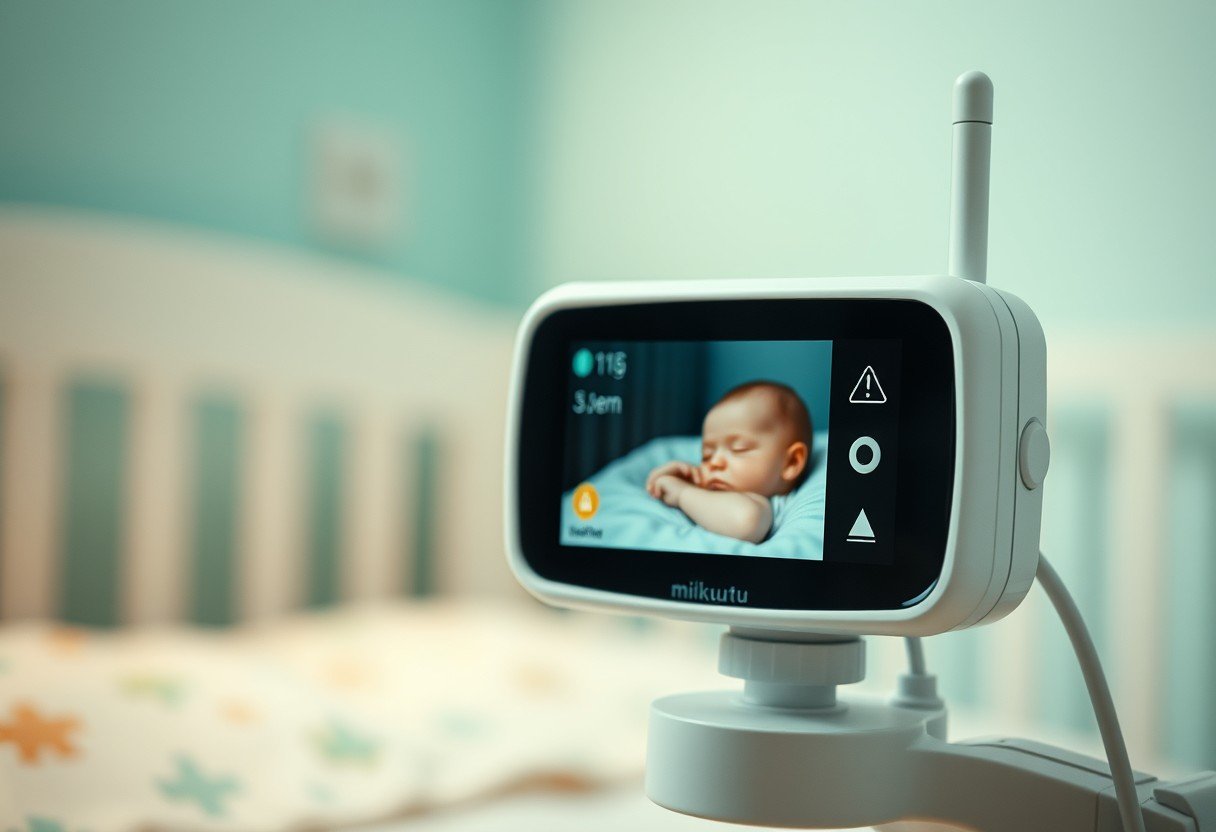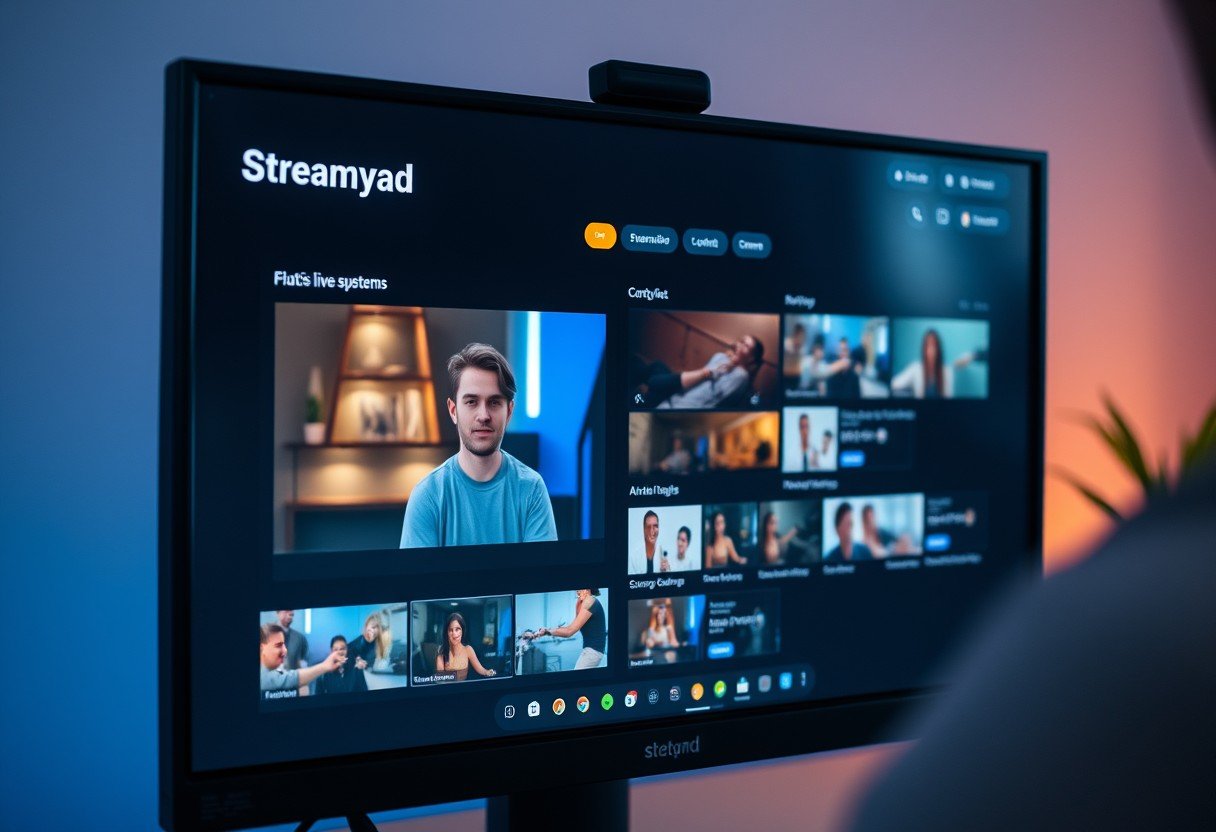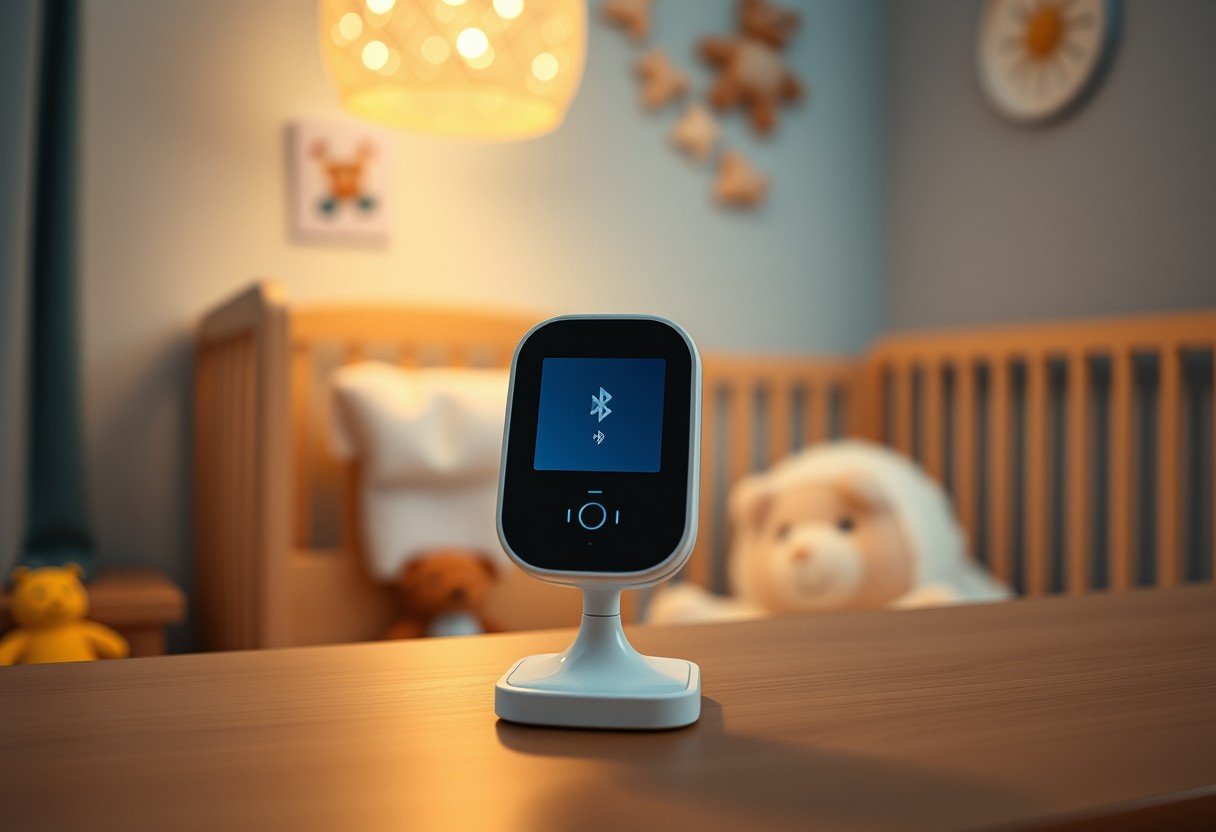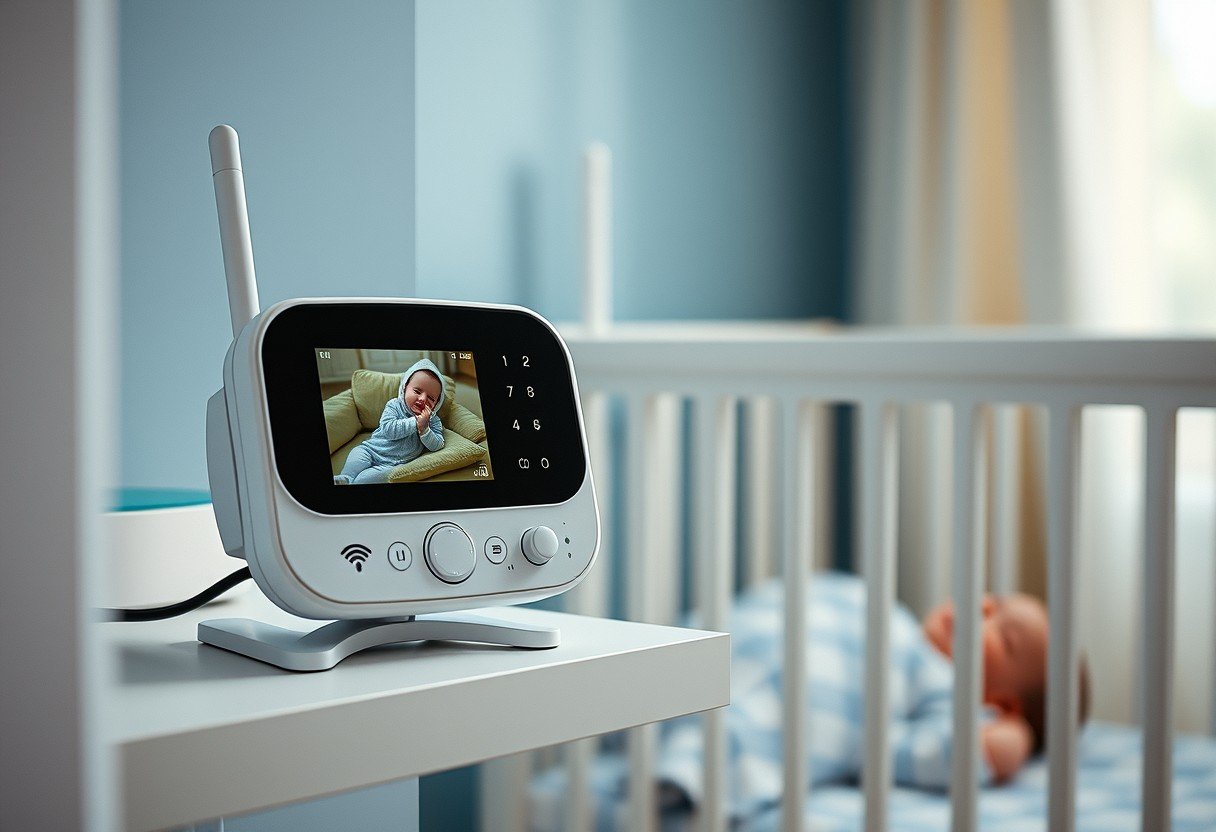Many parents use Miku Baby Monitors for peace of mind, but some users face frustrating issues affecting performance. Understanding these common problems is crucial for effective troubleshooting, ensuring your monitor works as intended. From unexpected Wi-Fi drops to unclear video, this guide explores frequently encountered challenges and offers practical solutions to enhance your experience with this innovative device.
Common Connectivity Glitches with Miku Baby Monitors
One of the most frequently reported issues by Miku baby monitor users involves connectivity problems. These can significantly disrupt your ability to monitor your baby, leading to unnecessary stress and missed alerts. A stable connection between the monitor and your smartphone is absolutely vital for receiving real-time updates.
Wi-Fi connectivity problems often stem from signal interference or simply being too far from your router. Dual-band routers can also sometimes create compatibility issues, making it harder for the monitor to maintain a consistent connection. When Wi-Fi performance is poor, video streaming becomes unreliable and notifications may not come through, undermining the monitor’s primary function.
Beyond network issues, the associated app interface can add to connectivity frustrations. If the app is difficult to navigate, locating essential features or accessing live feeds can become a challenge. Users have noted that a complex design or a lack of intuitive functionality can lead to confusion and delays when trying to check on their baby.
Resolving Video Quality and Night Vision Performance Issues
Clear video quality is paramount for ensuring your baby’s safety and well-being, yet many Miku Baby Monitor users express concerns about resolution and clarity. Pixelated images can obscure critical details, especially during crucial nighttime checks. This lack of detail can create undue stress for parents, hindering their ability to spot subtle cues of distress.
While Miku Baby Monitors advertise night vision capabilities, its performance in low-light conditions is often inconsistent. Users report that night vision footage can be grainy, making it hard to identify details unless there’s sufficient ambient light. This inconsistency can leave parents feeling uneasy, impacting their confidence in the monitor’s ability to provide clear visuals throughout the night.
Factors like insufficient room lighting or even a dirty camera lens can contribute to poor video quality. Ensuring the room is well-lit during the day and gently cleaning the lens with a soft cloth can often improve clarity. A stable internet connection is also vital, as low bandwidth can directly affect the quality of your video stream.
Improving Miku Monitor Sound Quality and Reducing Audio Delays
Sound quality and latency are critical for promptly responding to your baby’s needs and maintaining peace of mind. Many users encounter issues where the audio is muffled or distorted, making it difficult to discern if their little one is awake or crying. This can unfortunately lead to heightened anxiety and missed opportunities to soothe your child.
Problems with sound transmission delay are another common frustration, creating a noticeable lag between when your baby makes a sound and when you actually hear it. This delay can vary significantly based on your home’s Wi-Fi connection strength and the distance between the monitor and the router. Such latency may cause you to miss important moments or respond less promptly than desired.
To enhance audio clarity, ensure the monitor is placed in an area with minimal background noise and good Wi-Fi signal. For reducing delays, optimizing your network setup by placing the router closer to the monitor can be very beneficial. Regular app and firmware updates might also contain fixes for audio performance issues, so keeping your device current is a good practice.
Tackling Miku Baby Monitor Battery Life and Charging Problems
A common frustration for Miku baby monitor users centers around limited battery life. Many parents find the monitor requires frequent charging, which can be particularly inconvenient during extended monitoring sessions or overnight. This constant need for power raises concerns about the monitor’s reliability to maintain a secure connection throughout the day and night.
Beyond just battery life, challenges with charging and power supply can also disrupt the monitor’s functionality. An inconsistent power supply can lead to unexpected shutdowns, potentially causing you to miss crucial alerts. It is very important to always use the recommended charging equipment to avoid complications, as subpar chargers can slow down charging or damage the battery over time.
Issues related to charging often stem from the wear and tear of the charging cable or a malfunctioning power adapter. If your monitor fails to charge, checking the condition of your charger and ensuring proper maintenance can significantly enhance your device’s reliability. Being proactive with these checks can prevent alarming situations where your monitor unexpectedly loses power.
Troubleshooting App Stability and Performance for Miku Monitors
The associated Miku app is essential for remote access and control, but it has been a source of frustration for many users due to stability issues. Reports of the app crashing or freezing are common, making it difficult to access real-time video feeds or adjust settings when needed. These interruptions can severely impact the convenience and peace of mind the monitor is supposed to provide.
When the app frequently malfunctions, it complicates the entire monitoring experience. Users often find themselves unable to pull up the live feed, receive alerts, or even communicate through the two-way audio feature. Such inconsistent app performance can undermine the trust parents place in their Miku baby monitor system.
To address app stability, ensuring your smartphone’s operating system and the Miku app itself are always up-to-date is a crucial first step. Sometimes, simply restarting your phone or uninstalling and reinstalling the app can resolve underlying software glitches. Keeping an eye on app updates, which often include bug fixes and performance improvements, can help prevent future issues.
Enhancing Your Miku Baby Monitor Experience with Practical Solutions
Addressing the common issues with Miku baby monitors often involves a combination of simple troubleshooting steps and strategic adjustments. Many connectivity problems can be mitigated by ensuring optimal Wi-Fi signal strength and minimizing interference from other electronic devices. Proper placement of both your router and the monitor can make a significant difference in maintaining a stable connection.
For video and audio quality concerns, consider checking your internet speed to ensure it meets the requirements for streaming. Cleaning the camera lens and ensuring adequate lighting in the baby’s room can vastly improve video clarity. Regularly updating the monitor’s firmware and the associated app on your smartphone is also vital for optimal performance, as updates often include fixes for known issues.
If you encounter persistent battery or charging challenges, always use the manufacturer-recommended charging equipment. For app-related issues like freezing or disconnections, a simple restart of both your monitor and smartphone, followed by reinstalling the app if necessary, can often resolve the problem. While customer service experiences vary, reaching out to support with detailed descriptions of your issue can also be helpful.
Here are some quick tips to enhance your Miku monitor’s performance:
- Place your Wi-Fi router closer to the Miku monitor for a stronger signal.
- Regularly check for and install firmware updates for your monitor and app updates for your smartphone.
- Gently clean the camera lens to ensure clear video quality.
- Use the official Miku charging cable and power adapter to prevent battery issues.
- Restart both your Miku monitor and your smartphone if the app starts acting up.
Frequently Asked Questions About Miku Baby Monitors
What are some common connectivity issues with Miku Baby Monitors?
Miku Baby Monitors often face connectivity problems due to weak Wi-Fi signals, interference from other devices, or incorrect placement. Ensuring the monitor is within good Wi-Fi range and away from obstructions can help improve its connection stability.
Why does the Miku Baby Monitor’s video feed freeze or lag?
Video feed issues like freezing or lagging are typically caused by slow internet speed, network congestion, or internal monitor problems. Checking your internet speed and performing a monitor reset or firmware update can often resolve these performance issues.
What should I do if the audio notification on my Miku Baby Monitor is not working?
If audio notifications aren’t working, first verify they are enabled in the device settings and that your smartphone app is updated. Restarting both the monitor and the app, then checking for any available firmware updates, might fix the audio notification problem.
How can I troubleshoot poor video quality on my Miku Baby Monitor?
Poor video quality can result from insufficient lighting, low internet bandwidth, or a dirty camera lens. Ensure the room is well-lit, your internet connection is stable, and gently clean the camera lens with a soft cloth to improve clarity.
Why does my Miku Baby Monitor keep disconnecting from the app?
Frequent disconnections from the app usually point to unstable Wi-Fi or app malfunctions. Try restarting your Wi-Fi router, the monitor, and your smartphone; if issues persist, reinstalling the app might help.









Leave a Comment